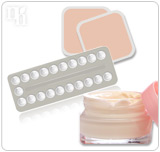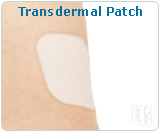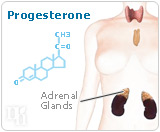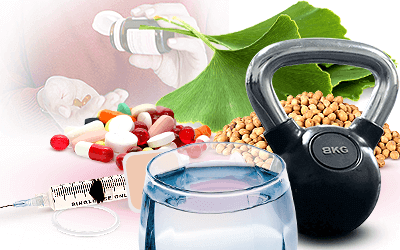Bioidentical hormones are those that help replace natural hormones within the body. Often bioidentical hormones are sought after and used as a treatment to relieve the symptoms of menopause. So, what are bioidentical hormones and how do they differ from natural hormones? Keep reading to find out more about natural and bioidentical hormones.
What Are Bioidentical Hormones?

Since the 1930's, bioidentical hormones have been used in various forms including creams, pills, and patches to treat a wide range of medical symptoms. Manufactured in a laboratory, bioidentical hormones are similar in molecular structure to the hormones made within your own body. Specific compounds can be formulated with this type of hormones that can be made to match a woman's individual needs.
What Are Natural Hormones?
Natural hormones are chemical messengers released by cells and glands within the body. Estrogen, progesterone, and testosterone are the three primary hormones responsible for healthy body functioning in women. With the onset of menopause, estrogen levels decrease rapidly followed by declines in testosterone. This leads to hormonal imbalance and menopausal symptoms such as hot flashes, vaginal dryness, and mood swings.
How Do Bioidentical Hormones Replace Natural Hormones?
Bioidentical hormones are often sought as an alternative treatment to hormonal imbalance when natural hormone production fails. They replace natural hormones, which include:
Estrogen

When taken orally, most prescription estrogen when is converted in the gastrointestinal tract and ends up, predominantly, as estrone. The three main estrogens in the body to consider are estrone, estradiol, and estriol. Many studies link estrone as the estrogen responsible for breast cancer in postmenopausal women. Estradiol is the primary estrogen produced in the ovaries and comes in the form of vaginal rings, creams, and transdermal patches. Estriol is the prevalent form of estrogen that is produced in large amounts during pregnancy; it also helps protect against breast cancer.
Progesterone

Natural progesterone is the counterpart of natural estrogen. It is considered the most important hormone in the female body. Progesterone is made by the ovaries prior to menopause and the adrenal glands and fat cells after menopause. Its benefits include acting as a natural diuretic, normalizing blood clotting, facilitating thyroid hormones, and normalizing the ovaries.
Androgen
Produced by the ovaries, androgens are essential to female reproductive development. They are a major factor in maintaining libido in addition to promoting healthy skin and strong bones.
Click on the following link about the different alternatives to bioidentical hormones available.


